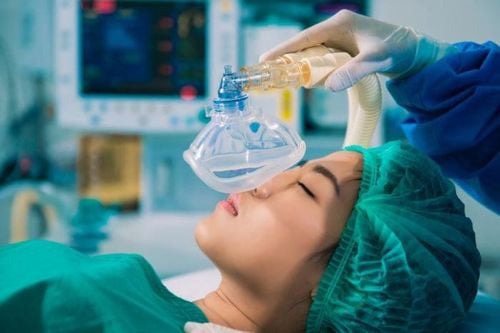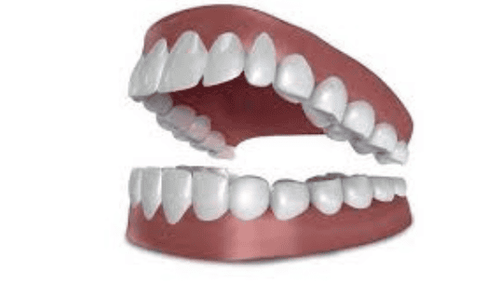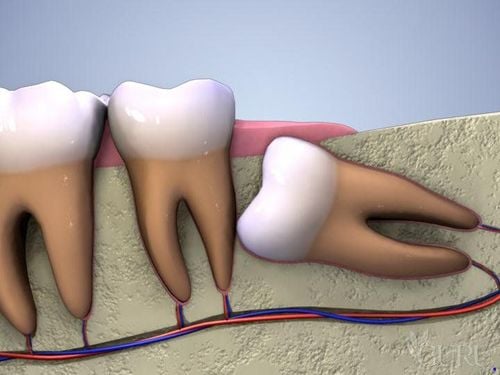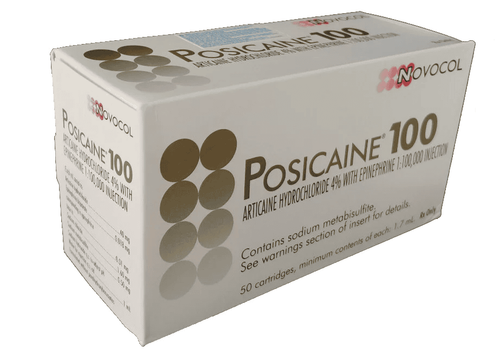This is an automatically translated article.
The article is professionally consulted by Master, Doctor Ta Quang Hung - Department of General Surgery - Vinmec Da Nang International General Hospital.
Anesthesia is a numbing method commonly used in tooth extraction or minor oral surgery. Depending on the complexity of the case, the doctor will choose appropriate anesthetic techniques such as surface anesthesia, local anesthesia, and regional anesthesia.
1. What is regional anesthesia?
Regional anesthesia is a technique that numbs nerve axes or blocks segments of nerves that supply sensation in a relatively large area. Regional anesthesia numbs an area that is innervated by a nerve.The advantage of this method is that it only needs to be injected once with a moderate amount of anesthetic but achieves widespread and prolonged anesthesia. The technique is applied in dentistry when it is difficult to extract teeth, when many teeth are extracted at the same time, or when there is an infection in the place where the tooth needs to be extracted.
2. Regional anesthesia techniques in dentistry
2.1 Upper jaw regional anesthesia Anesthesia of the posterior maxillary nerveAnesthesia is performed on the back of the maxillary teeth
Anesthesia of the posterior maxillary nerve is carried out as follows
The patient lies supine in the position 45o, mouth open small, the therapist uses the index finger to probe the protrusion of the maxillary and posterior jawbone. Insert the needle 42mm long into the tip of the outer wisdom tooth root, keep the needle close to the bone and thread the needle up and back about 45°, always keeping the needle close to the bone, push the needle about 2cm deep (bone tumor is a curved circle). Simultaneously insert the needle and inject the anesthetic and at the end of the section inject the rest, about 2ml in all. Numb areas include:
pulp of teeth 6, 7, and 8 of the upper jaw except for the outer root near tooth number 6. Alveolar bone and connective tissue, cheek mucosa.
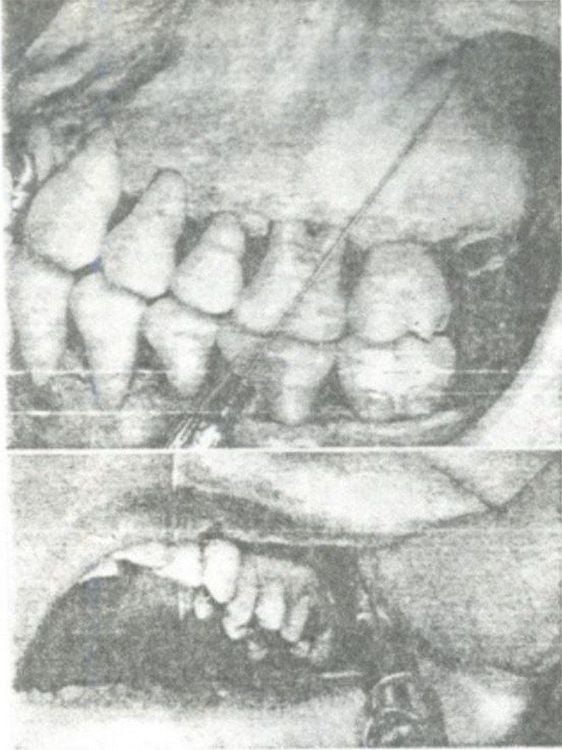
Gây tê dây thần kinh răng trên sau
The technique is performed with the following steps:
Identify the posterior palatal foramen on the medial edge of the wisdom tooth Insert the needle in an anterior to posterior direction and slightly tilted outward . Inject 0.5 ml of local anesthetic, the numbing sensation is short for about 30 minutes. The numb area is the palate in the molar region.
Anesthesia of the naso-palatal nerve (in the anterior palatine foramen)
When performing the technique of naso-palatal nerve anesthesia, the patient is asked to open his mouth and tilt his head back. The technician identified the anterior palatal foramen at the mid-palatine ridge and lcm posterior to the central incisors. Then, the technician inserts the needle in the upper position, pointing the needle up and back, going 1/4 - 1/2 cm deep and then injecting 0.5 - 1ml of local anesthetic. Numbness occurs after about 3 minutes and lasts for 30 minutes.
This technique helps to numb the fibrous mucosa of the palatal arch behind the incisors and canines.
2.2 Regional anesthesia of the lower jaw Anesthesia of the lower tooth nerve (at the foramen of Spix)
Lower dental nerve anesthesia is a method of regional anesthesia commonly applied in dentistry because it is relatively easy to perform and very effective. fruit for extraction of teeth of the lower jaw.
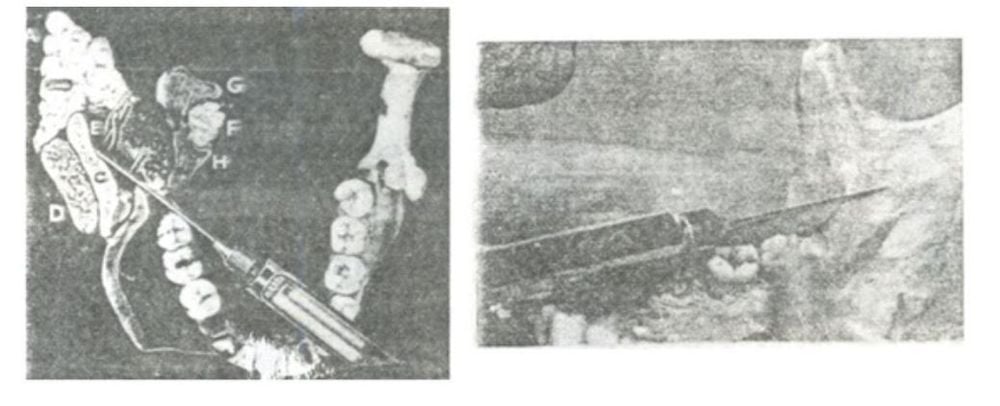
Cách tiêm và gây tê dây thần kinh răng dưới
Lips and lower jaw skin under anesthesia. The outer gum part from incisors to teeth 6. If you want to numb the area from teeth 6 to 8, it is necessary to additionally inject by inserting a needle at the bottom of the tooth corridor to be intervened, injecting 0.5ml. Teeth: from incisors to wisdom teeth. Anesthesia of the lower tooth nerve (H.6,7,8,9) (at the foramen of Spix) is contraindicated in the following cases:
Stiff jaw. Infection of the mandibular vertical branch. Chin nerve anesthesia
When performing chin nerve anesthesia, the patient is asked to slightly tilt his head forward, at this time the technician's hand can probe the chin hole. Then, insert the needle into the bottom of the corridor opposite tooth 5 at an angle of 15° from the tooth axis from front to back. Insert the needle 2 - 3mm deep into the chin hole and then inject 1.5 - 2ml of the drug.
Anesthesia of the chin nerve is indicated in cases to intervene in minor surgery in the chin area. Rarely indicated to extract teeth number 3, 2, 1.
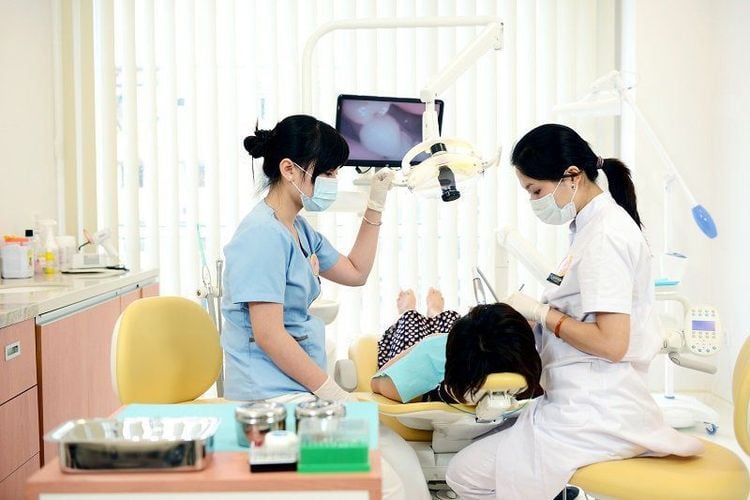
Mọi người nên kiểm tra sức khỏe răng miệng định kỳ khoảng 6 tháng/lần
Vinmec International General Hospital has implemented anesthetic methods in treatment, surgery, pain relief during childbirth. Accordingly, the methods of anesthesia and anesthesia at Vinmec all follow standard procedures and strict clinical examination to ensure maximum safety for patients. In particular, the procedures for performing examination and anesthesia are well-trained and operated by a team of highly skilled doctors and nurses on modern machinery, which will bring optimal treatment results to patients. Customer.
Master. Doctor Ta Quang Hung has over 10 years of experience in teaching and practicing in the field of Anesthesia and Resuscitation. Currently, working as an Anesthesiology and Resuscitation Doctor, General Surgery Department - Vinmec Da Nang International General Hospital
If you have a need for medical examination by modern and highly effective methods at Vinmec, please sign up. Sign up HERE.







